Hogwarts Legacy takes you all the way to the Harry Potter universe. Filled with magic and wonder, you’ll be exploring a grand world that you’ve only seen in movies and read about in books. Still, you might be wondering if it could run well on your rig. Here’s our Hogwarts Legacy PC performance and tech review to share our findings regarding graphics settings, DLSS, framerates (fps), and ray tracing.
Note: For more information, check out our Hogwarts Legacy guides and features hub. Likewise, please be reminded that, as of the time of this writing, Nvidia has not yet released an updated driver. Performance may vary or improve once there’s additional support for Hogwarts Legacy.
Hogwarts Legacy PC performance and tech review – Graphics, DLSS, ray tracing, and framerates
Before we continue to the meat and potatoes of our Hogwarts Legacy PC performance and tech review, let’s discuss the system requirements. These are found on the game’s official site:
| Settings and Framerates | CPU | GPU | RAM |
| Minimum: 720p @ 30 fps Low quality settings | Intel Core i5-6600 (3.3 GHz) or AMD Ryzen 5 1400 (3.2 GHz) | NVIDIA GeForce GTX 960 4GB or AMD Radeon RX 470 4GB | 16 GB |
| Recommended: 1080p @ 60 fps High quality settings | Intel i7-8700 (3.2 GHz) or AMD Ryzen 5 3600 (3.6 GHz) | NVIDIA GeForce 1080 Ti or AMD Radeon RX 5700 XT or INTEL Arc A770 | 16 GB |
| Ultra: 1440p @ 60 fps Ultra quality settings | Intel Core i7-10700K (3.80 GHz) or AMD Ryzen 7 5800X (3.80 GHz) | NVIDIA GeForce RTX 2080 Ti or AMD Radeon RX 6800 XT | 32 GB |
| Ultra 4K: 2160p @ 60 fps Ultra quality settings | Intel Core i7-10700K (3.80 GHz) or AMD Ryzen 7 5800X (3.80 GHz) | NVIDIA GeForce RTX 3090 Ti or AMD Radeon RX 7900 XT | 32 GB |
| Author’s: 2160p @ 60 fps (target) | Intel Core i9-10900K | Nvidia GeForce RTX 3080 | 32 GB |
Hogwarts Legacy graphics settings and benchmark
Below, you can see multiple images related to the graphics settings in Hogwarts Legacy. Display options show your resolution, upscale type (i.e., DLSS, FSR), VSync, uncapped framerates, motion blur, and so on.
The graphics options panel, meanwhile, has the usual presets: Low, Medium, High, and Ultra. There are different rendering/texture qualities that can be changed (i.e., effects, foliage, material, population/surrounding NPCs, and the like). This also has ray tracing settings, which we’ll discuss a bit later.
One more thing of note is the “Run Benchmark” button. You don’t actually watch a scene in-game. Instead, it simply calculates and optimizes the settings based on your hardware.
- Screenshots by PC Invasion: Display settings 1
- Display settings 2
- Graphics settings 1
- Graphics settings 2
Hogwarts Legacy PC performance and graphics comparisons with DLSS
My goal was to play at 2160p/4K resolution at 60 fps under ultra quality settings. However, when selecting the “Run Benchmark” button, I did get ultra settings, but it also disabled the ray tracing options. Regardless, I decided to check different settings:
- Ultra preset with all ray tracing options enabled.
- Motion blur, depth of field, and VSync were disabled. Framerates were uncapped.
- Changes were made to Nvidia DLSS: Off, Quality, and Performance.
- The images below are from the Gryffindor Common Room.
- Screenshots by PC Invasion: DLSS – Off
- DLSS Quality
- DLSS Performance
Here are the results:
- Hogwarts Legacy PC performance really struggled with DLSS – Off (25 to 35 fps).
- Things became more manageable with DLSS – Quality (55 to 65 fps).
- And, naturally, DLSS – Performance shined (65 to 80 fps).
Noticeable drops occurred in outdoor areas, and even interiors where there were lots of NPCs. Thankfully, I didn’t encounter a single crash so far while playing. Sadly, it did seem strange that the game always had to prepare shaders every single time I relaunched it.
Related: We do have a separate article which simply focuses on the best PC settings with the given setup, and which options to enable/disable.
Ray tracing shadows and oddities
I did notice a few strange oddities when it comes to Hogwarts Legacy and ray tracing. The images below were taken in one location, the Potions Classroom:
- Ray tracing on/off with natural light – The differences are hardly noticeable.
- Ray tracing on/off with Lumos – Here’s the kicker if Lumos is active: for some reason, ray tracing creates blocky shadows. It doesn’t matter if an object is a shelf, pillar, or a stack of pots and pans, it was possible to see a shadow that didn’t match the shape.
- Screenshots by PC Invasion: RTX on (natural light)
- RTX off (natural light)
- RTX on (Lumos)
- RTX off (Lumos)
One last thing about the HUD
Last but not least, we have to point out that Hogwarts Legacy does not have a built-in Photo Mode function. You can’t simply pause the game to take a dynamic screenshot, nor is there a quick-and-easy button press to remove all heads-up display (HUD) elements. Instead, you’ll have to go to the user interface options to untick all HUD elements if you want to remove all the clutter.
Hogwarts Legacy is available via Steam.


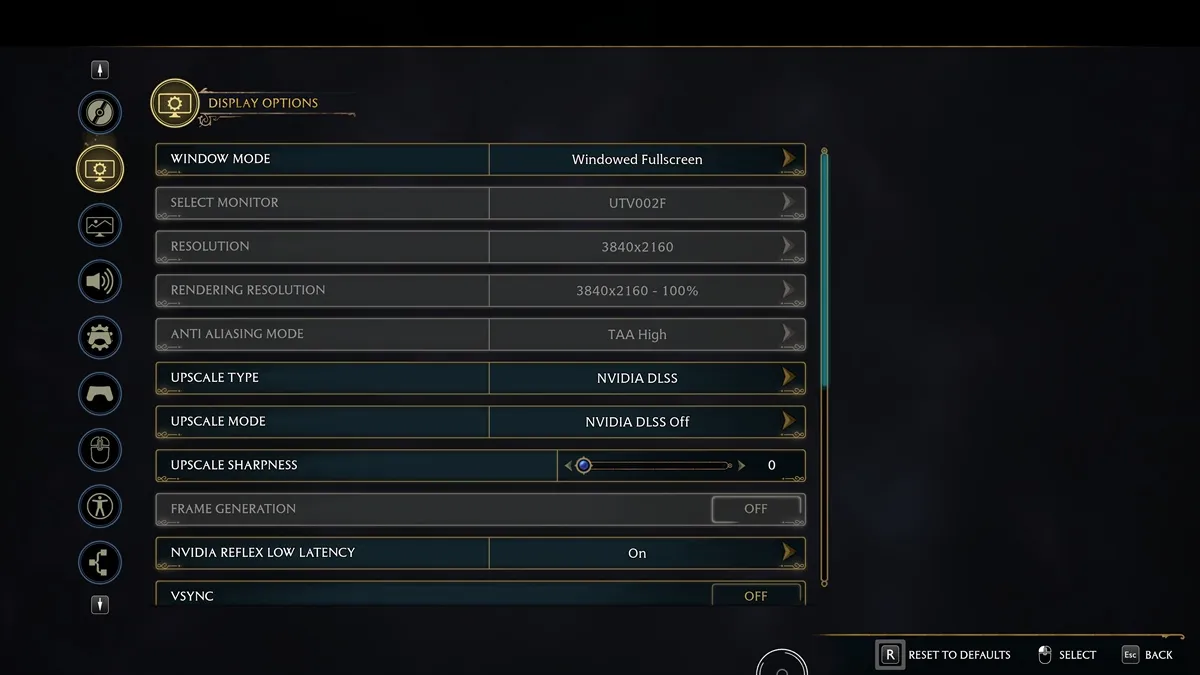
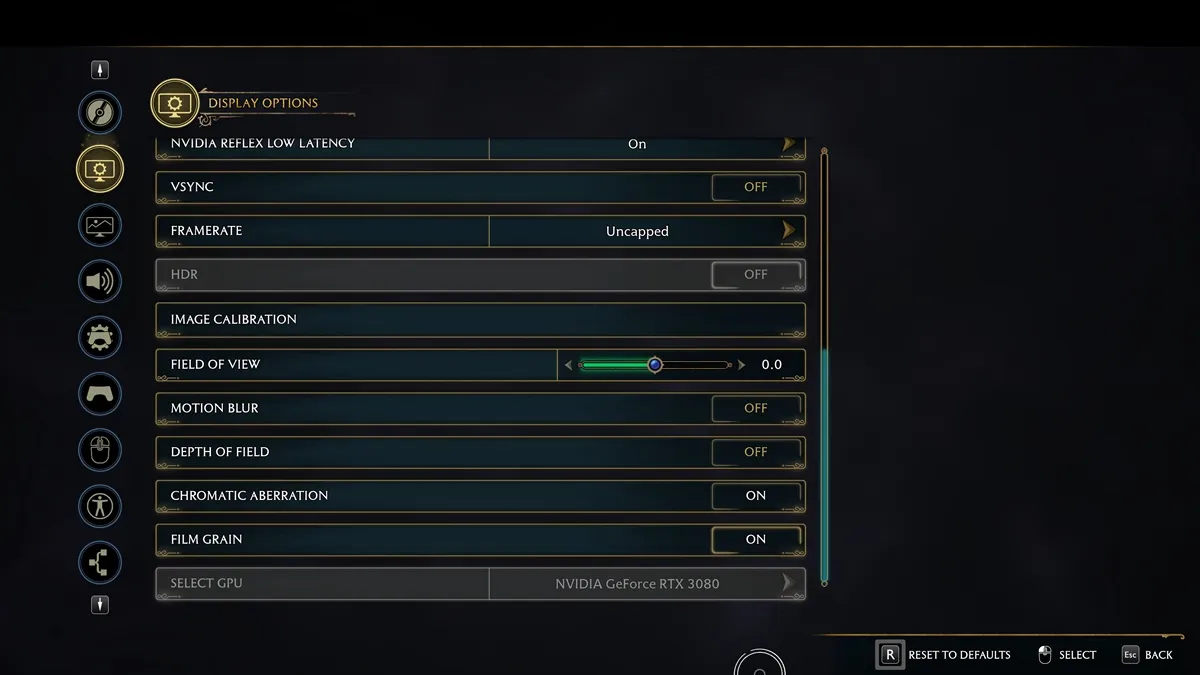
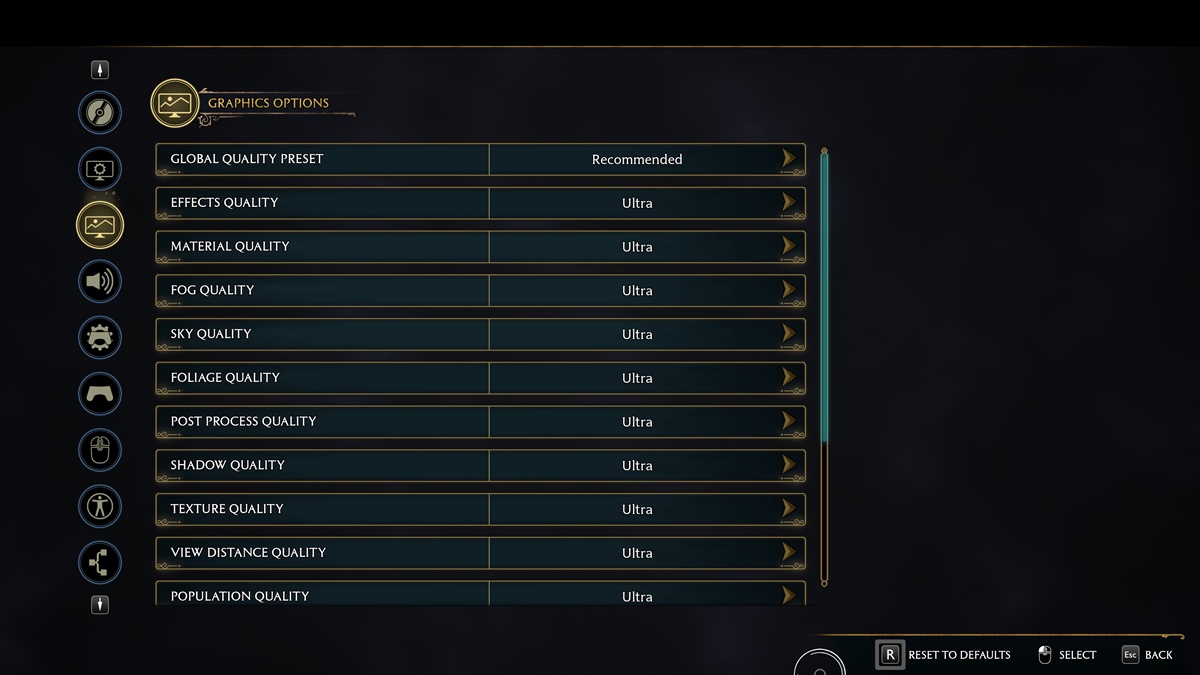
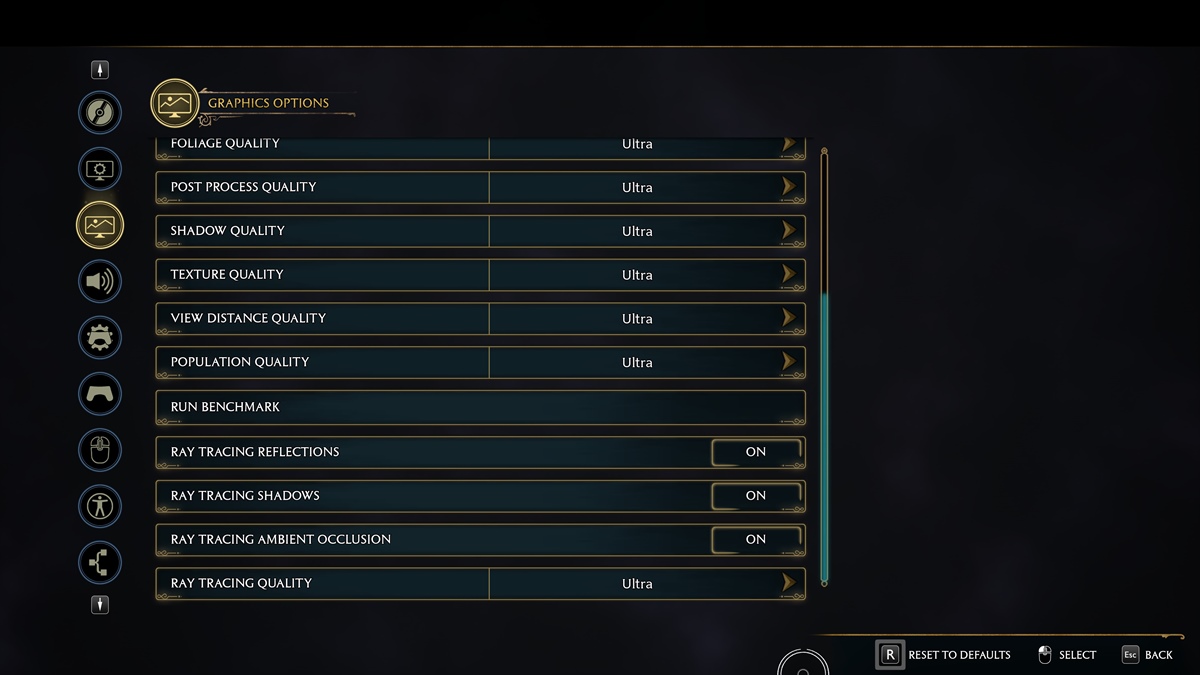
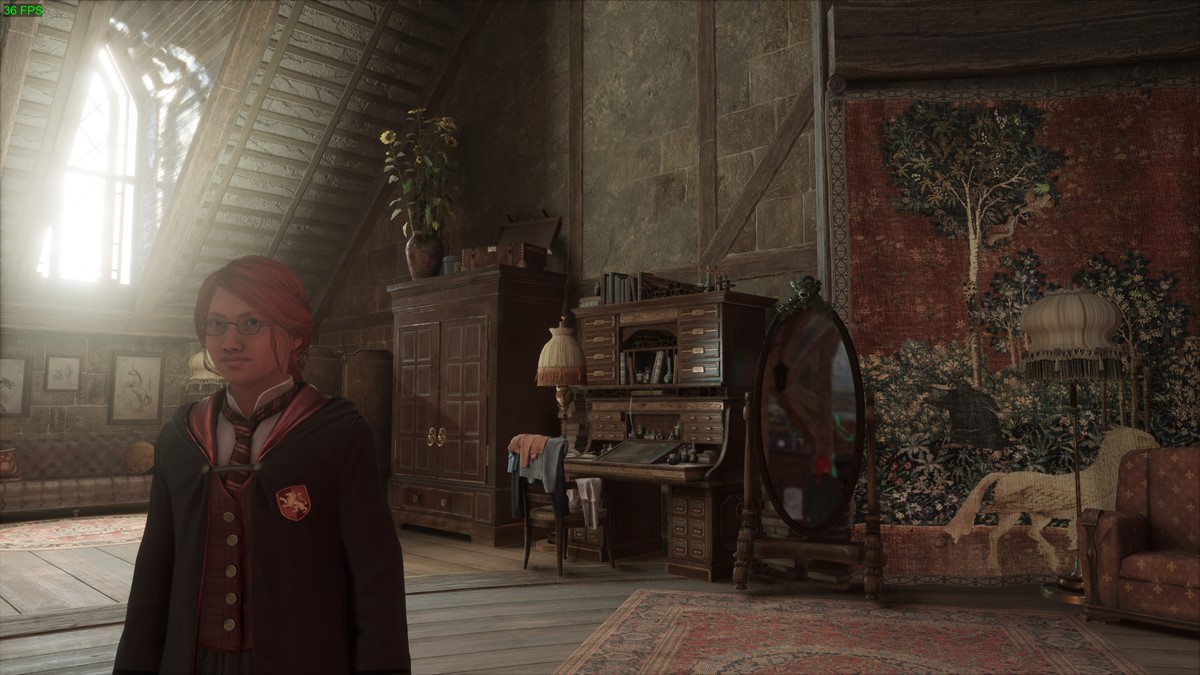
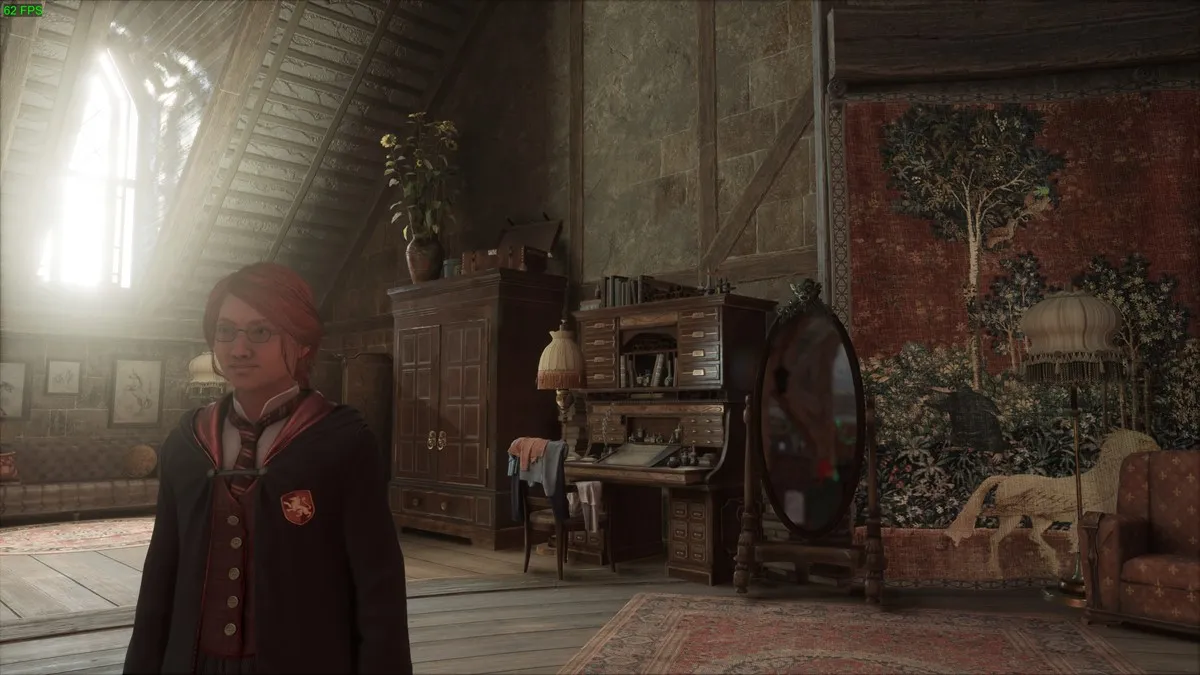
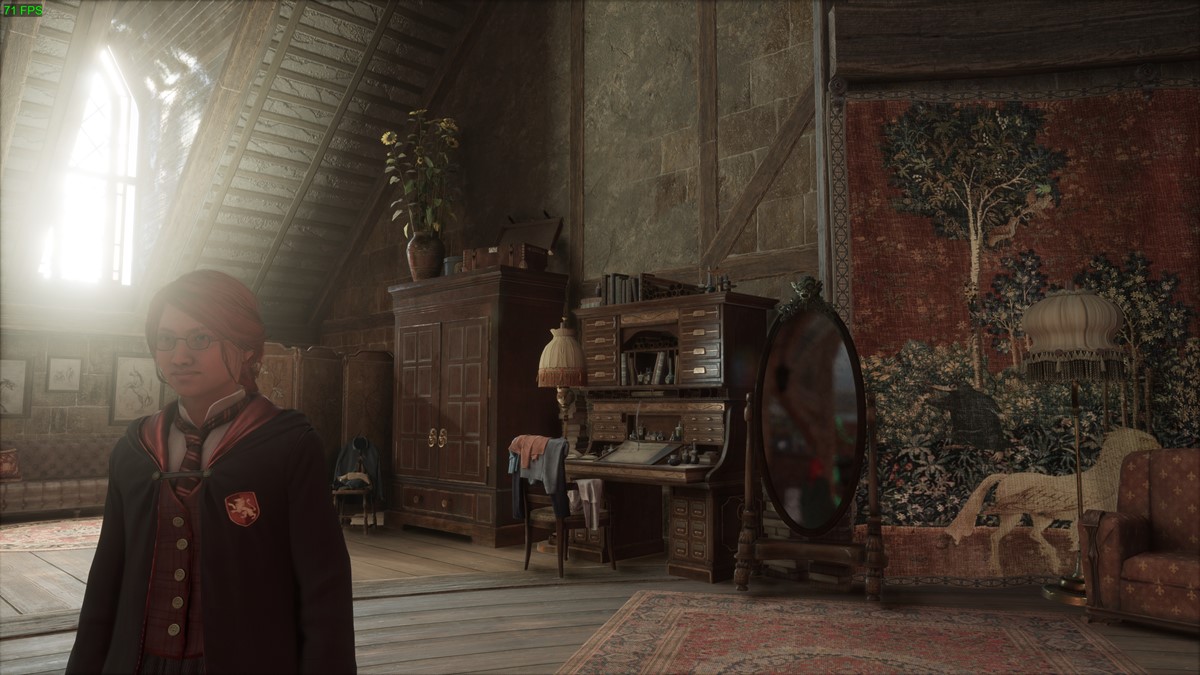

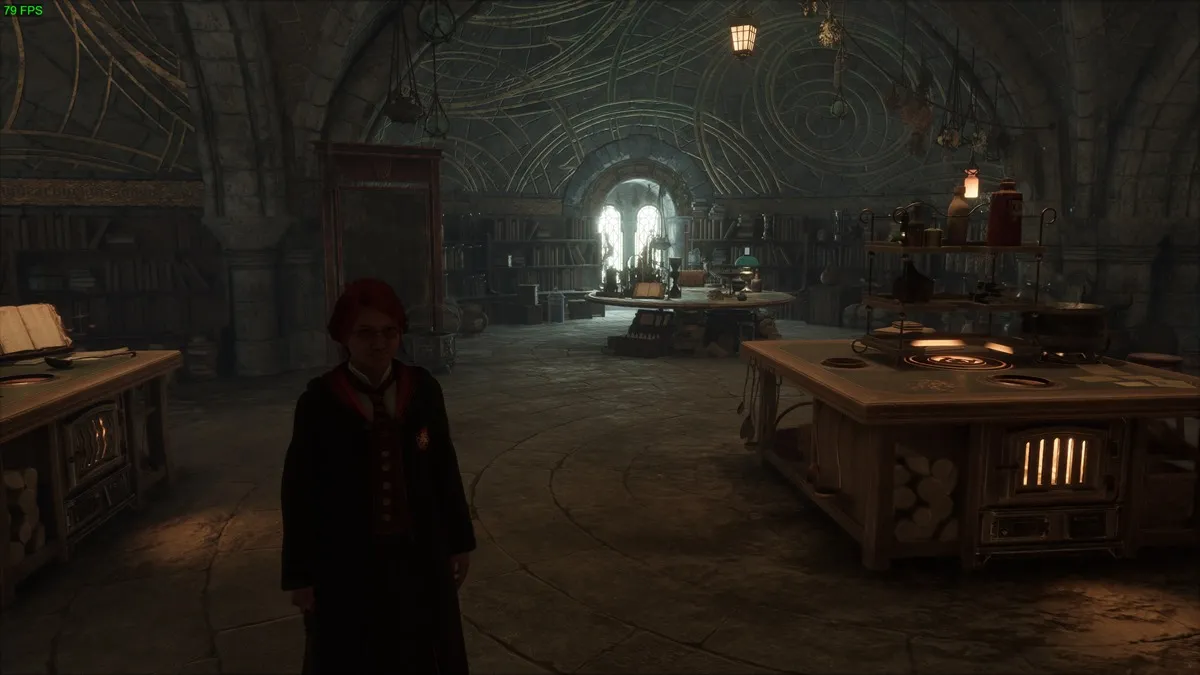
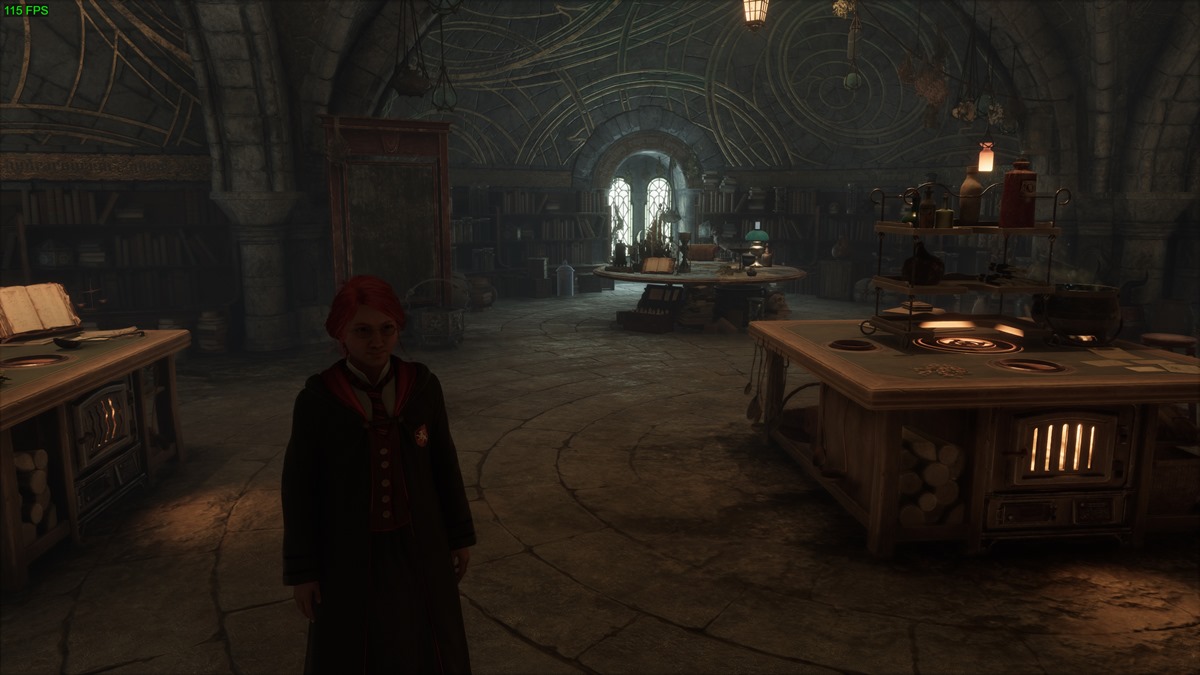
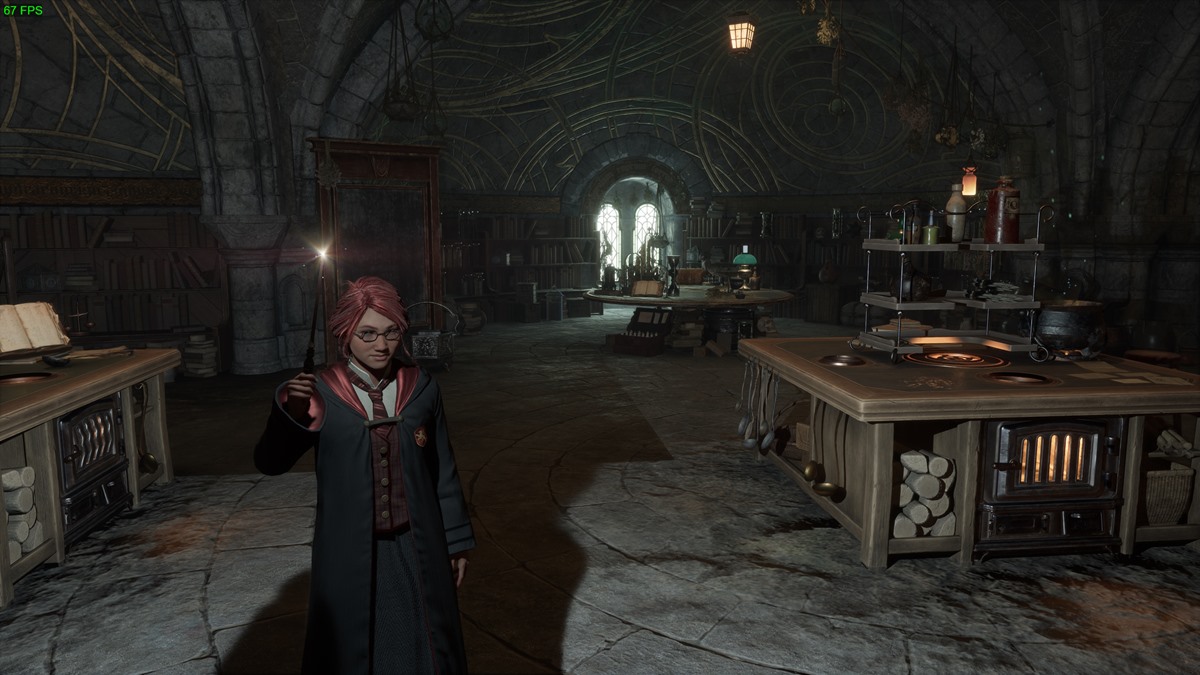
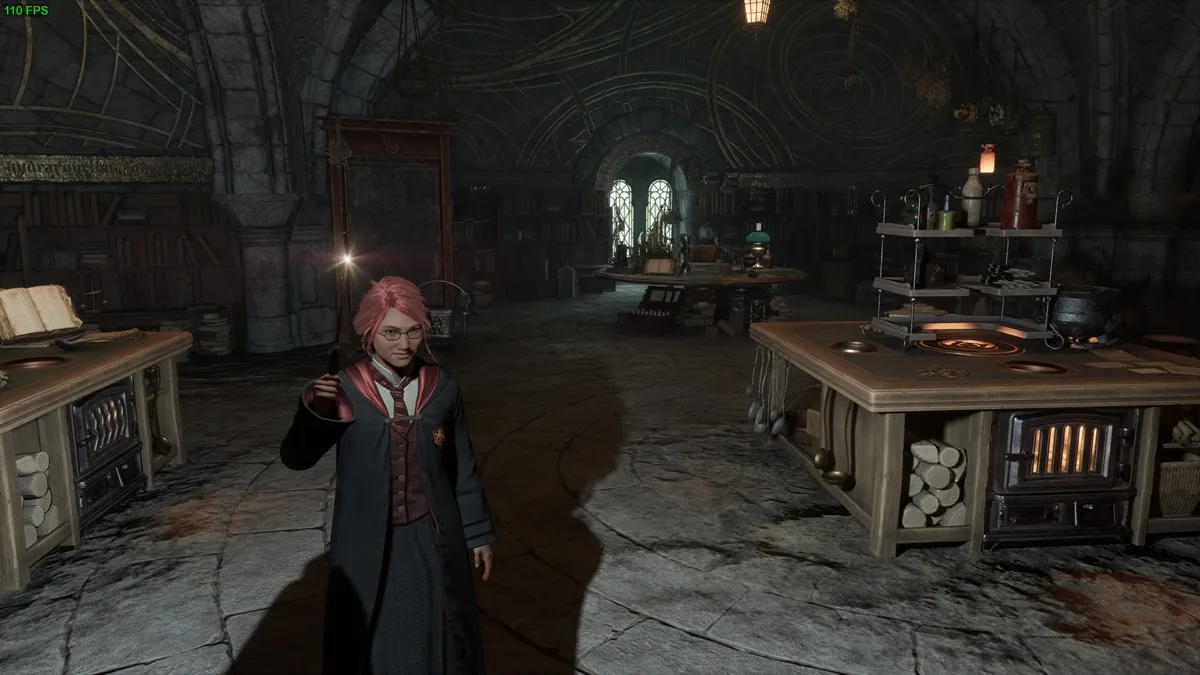
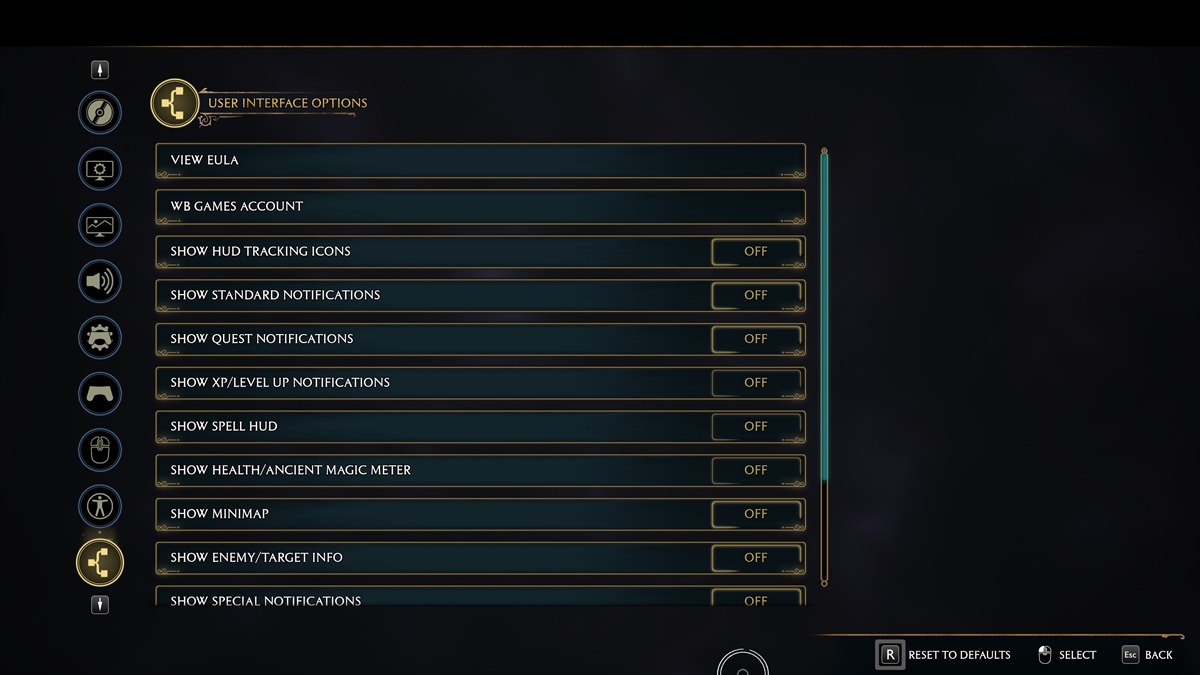





Published: Feb 7, 2023 07:00 am